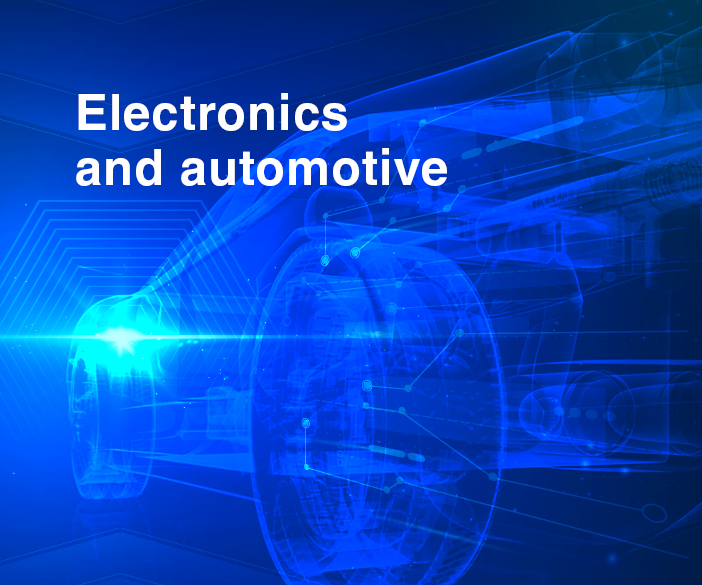
Electronics and automotive: the latest technological trends
Introduction
In September of this year, registrations of new cars in Italy slightly exceeded those of September 2021. This information is emblematic of a small but significant turnaround, which once again confirms us the capacity of a sector such as of automotive, where investments in technological innovation, mainly at electronic traction, with difficulty will have a setback.
This trend is further strengthened by the proliferation of hybrid and electric vehicles, which are gaining an increasingly large market also thanks to incentives and eco-bonuses.
Electronics is therefore destined to consolidate itself as a central element also in the automotive industry of the future.
We therefore observe, in the automotive and electronics sectoral intersection, the development of two sub-categories that are now fundamental for the operation of technologies integrated by vehicles: microelectronics and high-power electronics.
The role of electronics in road safety is increasingly crucial, which through, for example, control systems for the stability and health of the driver, limits accidents. This category includes advanced driver assistance systems (ADAS).
How are electronics replacing the mechanics?
Here you are some technological innovations:
o Use of MEMS technology. Microelectromechanical systems technology uses microfabrication techniques to combine the capabilities of microelectronics with the mechanical properties of microsensors. The advantages are high efficiency, small size and low cost. The main applications are airbags and ADAS.
o Electromagnetic compatibility. The trend towards autonomous vehicles and ADAS systems continues to underline the need for sophisticated EMS projects. The new wireless communication paradigms applied to the automotive sector require high-performance electronic systems that operate at high data rates and therefore at high frequencies depending on the reference operating environment.
o Noise canceling systems. To reduce engine noise, Active Acoustic Control or Active Noise Control (ANC) is used.
o LED systems. LED technology, now widely used in various applications, can be found in the automotive sector in the high beams, in the position and braking lights, in the side and rear turn signals.
o Gesture recognition systems. These are modern tracking architectures that allow you to monitor psycho-physical symptoms that could have negative consequences while driving, such as fatigue and sleep. They mainly involve the driver’s eyes, using infrared (IR) LEDs as a light source and high-resolution cameras to detect reflected light.
o LiDAR systems. They allow autonomous vehicles to detect obstacles or other vehicles and calculate the distance traveled. These systems send high frequency pulses of light with wavelengths from about 830 nm to 940 nm and they use a mirror instead of an antenna to scan the laser. The hardware consists of a transmitter, a receiver and a series of micro devices that identify data from the scanned environment.
Conclusion
The thrust of the transition to hybrid and all-electric vehicles is a catalyst that will help further stimulate the growth of the application landscape, despite the difficulties in finding semiconductors and components necessary for their assembly. The demand for electronic architectures for vehicles will continue to grow and the ever-expanding market will also be supported by institutions with operational bonuses and incentives.

